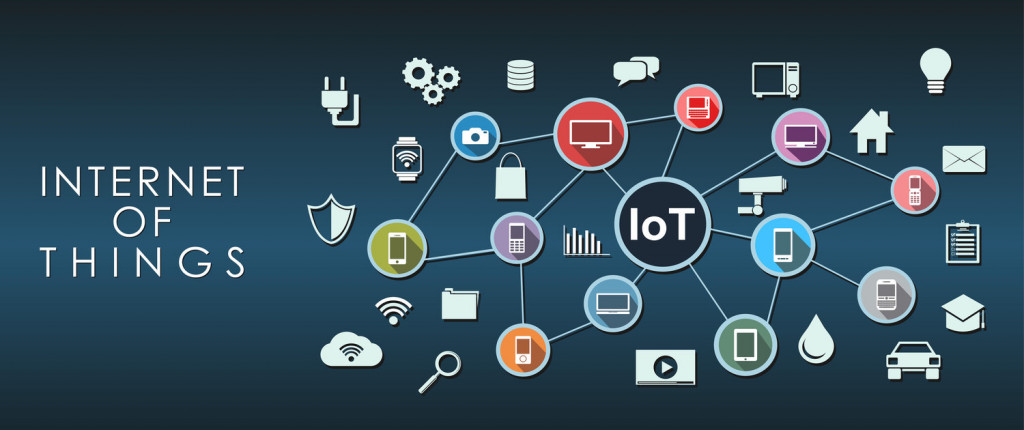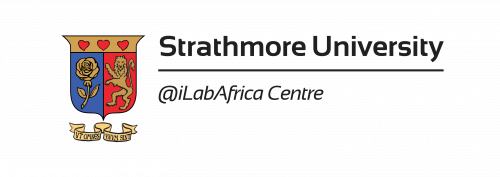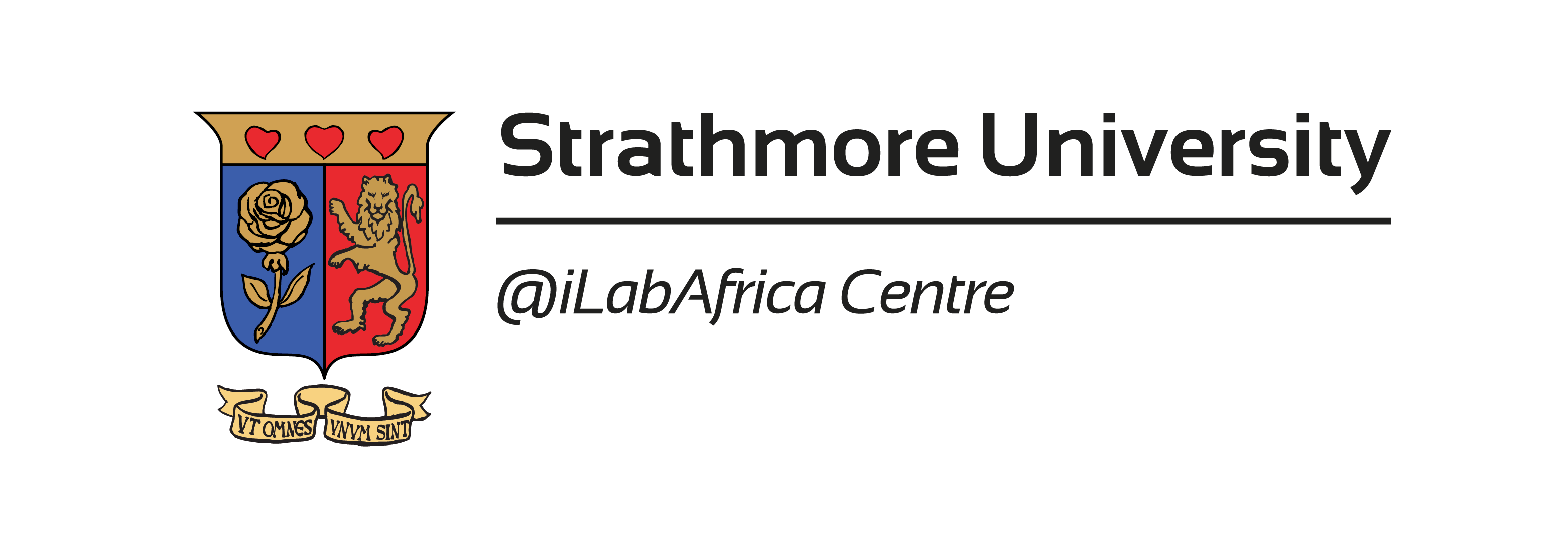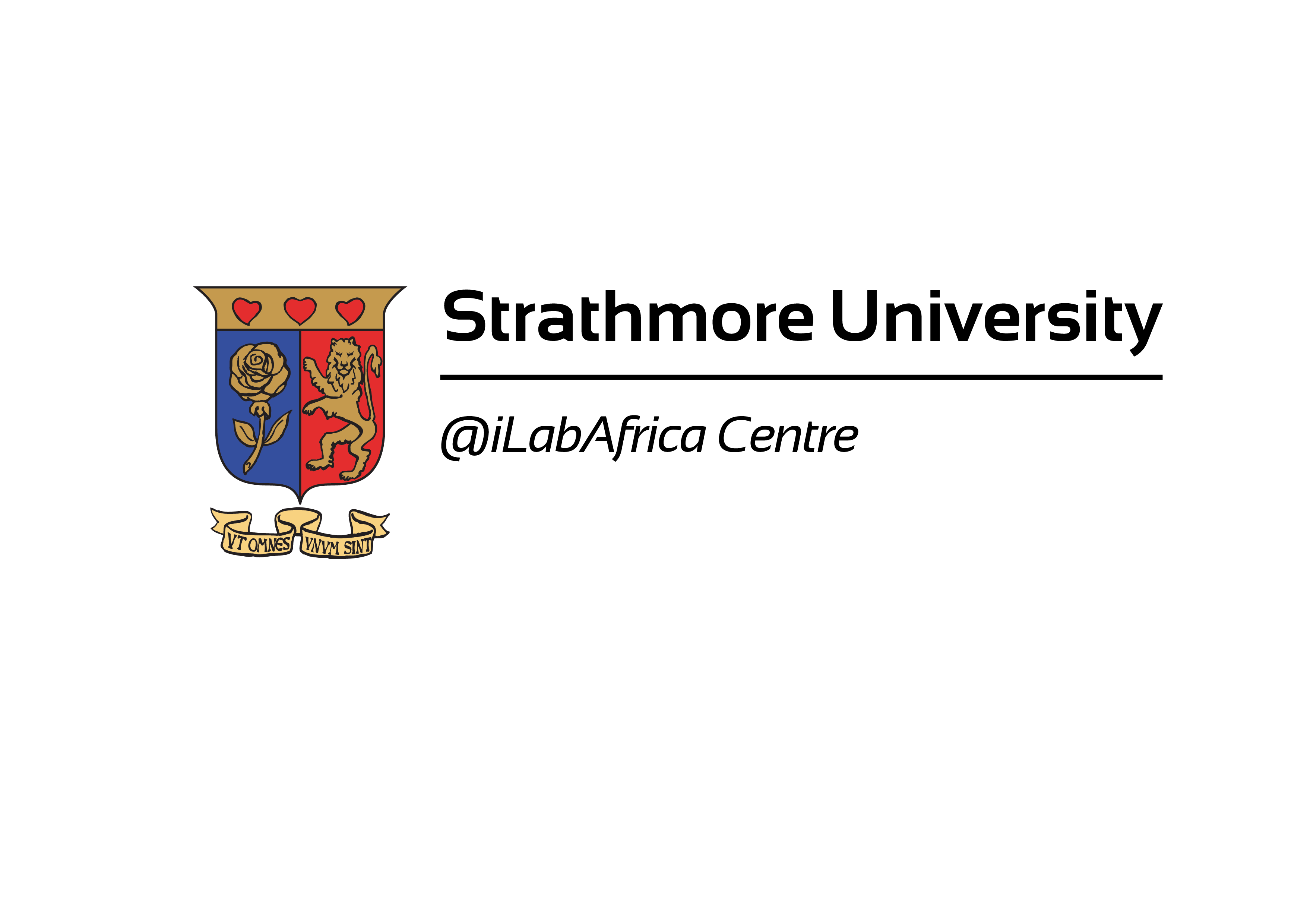Internet of Things and Wireless Networks (IoT)

Who we are
We are a Research and Innovation Centre which focuses on developments in the emerging IoT, wireless networks and Big Data space.
What we do
We research, implement and test robust and sustainable solutions in all sectors of the economy
Why it matters
IoT, Wireless Networks and Big Data is the future of technology in ensuring sustainable and thriving economies.
IoT unit engages in research and development of automated smart solutions applicable to various sectors of the local and regional economy.
The unit deals with development, training and consultancy of IoT solutions and it’s goal is to enable private and public-sector organisations to manage assets, optimise performance and develop new business models through IoT technology.
The unit’s developments cut across the entire IoT scope and include remote-sensing development, machine to machine (M2M) architecture,
communication protocols and low-power wide area networks, cloud storage of big data from IoT devices as well as data processing and aggregation at the edge and in the cloud.
Write To Us
Jared Nganyi
Manager, IoT Research
Email: iot@strathmore.edu
Ofiice: +(254) (0) 703 034 474 Ext: 2635
Cell: +(254) (0) 723 364 774
Areas of Focus
Training: Certificate in Cisco IoT Fundamentals, Internet of Things and 3D Printing, Embedded Systems, IoT Security Fundamentals, Low Power Wide Area Networks (LoRa, Sigfox, NarrowBand-IoT and Weightless) among others.
Research: Collaboration with both local and global institutions from academia and industry to help drive the adoption of IoT in Kenya and the region. Partnerships include: The University of Strathclyde (UK) and the Communications Authority of Kenya (CA) on TV White Spaces and 5G to investigate how last mile connectivity can be achieved through spectrum management.
The unit has formed partnerships with MMUST, Laikipia and Kibabii Universities on implementation of an early warning system through IoT and data analytics to inform on impending drought and flood disasters with predictive mitigation and response strategies.
Project Development: An IoT-based pit latrine monitoring system that leverages Sigfox Low Power Wide Area Network (LPWAN), Precision
Farming and Livestock Monitoring. Capacity Development for a project dubbed WaziHub to nurture a LoRaWAN ecosystem and Air Quality Monitoring in the region.
Our Research Areas
Software Defined Networking (SDN)
SDN is an architecture that aims to make networks agile and flexible. We have currently partnering with East Carolina University to implement an IoT-based dashboard that uses BeagleBone black and raspberry pi to monitor network response, throughput, the speed of website loading with more network analysis.
Dynamic Spectrum Access (DSA)
Spectrum sharing (Dynamic Spectrum Access – DSA) presents a model that solves the spectrum scarcity problem in this new era of explosive growth of smartphones, Internet of Things (IoT) and other numerous bandwidth-hungry applications. Studies across various regimes have shown that many RF spectrum bands are often underutilised even in densely populated urban areas. Hence, DSA introduces a technique that opportunistically allows unlicensed devices (or license-exempt devices) to share the RF spectrum with other licensed services. Specifically, the license-exempt devices can access the white space spectrum, which refers to those spectrums that are unused in a particular location at a particular time with a key consideration that they do not interfere with the licensed devices. @iLabAfrica’s Internet of Things/Telecommunications Research Group began its DSA work through a collaborative research project made up of the following institutions: University of Strathclyde from Glasgow, UK (Lead institution), University of Malawi, Malawi, Copperbelt University, Zambia and University of Ghana, Ghana. The title of the project was: Enabling Affordable Internet Access with Dynamic Spectrum Management and Software Defined Radio and the Engineering and Physical Sciences Research Council (EPSRC). Since then, the Research Group has actively led DSA activities in collaboration with the Foreign Commonwealth and Development Office (FCDO) and the Communications Authority of Kenya – which culminated in the development of TVWS regulations in Kenya, the Dynamic Spectrum Alliance on Gap Studies for DSA as well as the opportunity of spectrum sharing in the 6 GHz band. Presently, the team is working on Coexistence Simulation in the 6 GHz band as well as leading an ITU Research Competition Study on Connect2Recover – Rebuilding Digital Inclusion through Spectrum Sharing.
To read more on our Dynamic Spectrum Access (DSA) projects Click Here
Low Power Wide Area Networks (LPWAN)
LPWAN Technology offers a very compelling mix of long range, low power consumption and secure data transmission. LPWAN is mainly targeted for Machine to Machine Communication (M2M) and IoT networks. We, so far implemented LoRaWAN infrastructure to leapfrog IoT adoption. We are currently collaborating in the Horizon 2020 project titled: WAZIHUB to develop capacity in implementation of LoRaWAN and enable startups leverage this technology for sustainable business models. The project is in partnership with universities and innovation hubs from Italy, France, Tanzania, Senegal, Zambia, Ghana, Uganda and South Africa. We have also partnered with Liquid telecom to advance research on Sigfox network and collaboratively drive its adoption for commercial activity in Kenya.
Industrial IoT
Industry 4.0, a name given to the current trend of automation and data exchange in manufacturing technologies is one of the major blocks of our research. We are keen to help drive innovation in the Industrial ecosystem through the combination of cyber-physical systems, the Internet of Things and cognitive computing.



